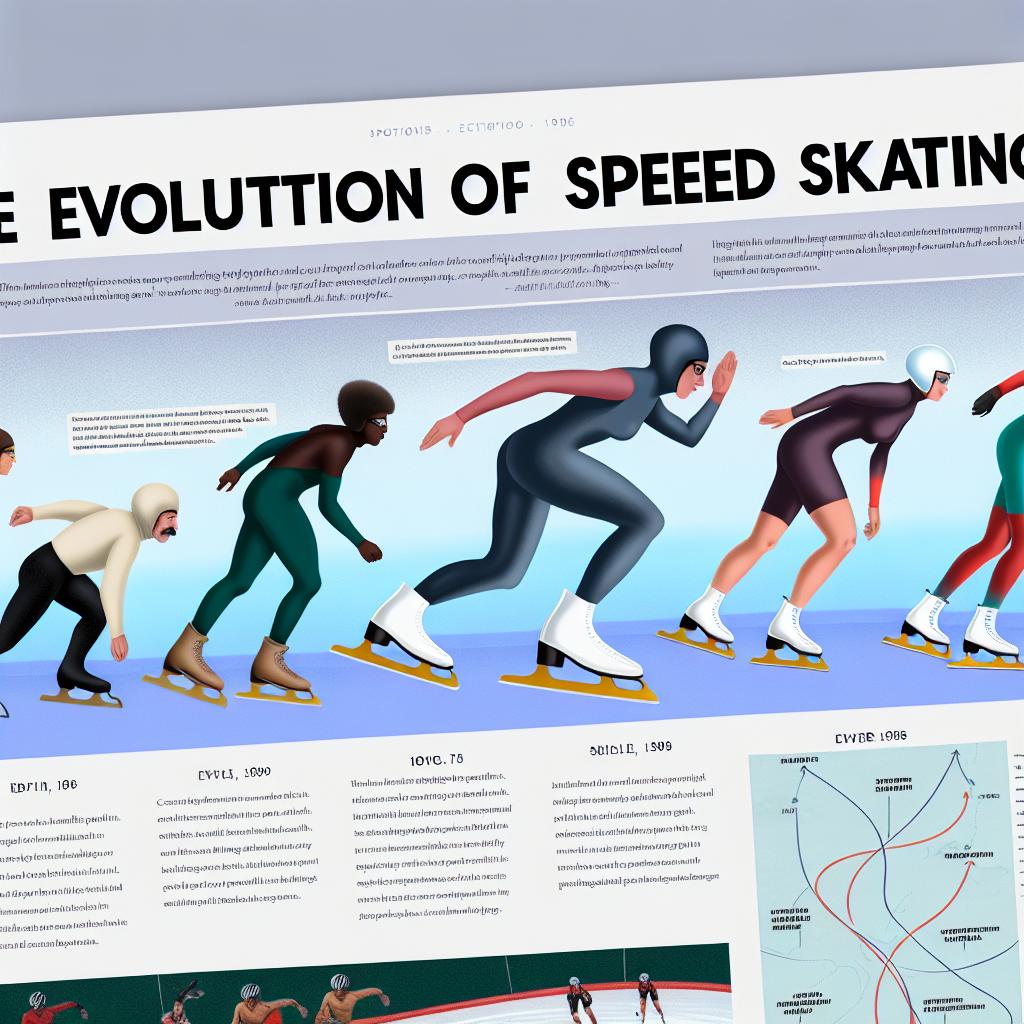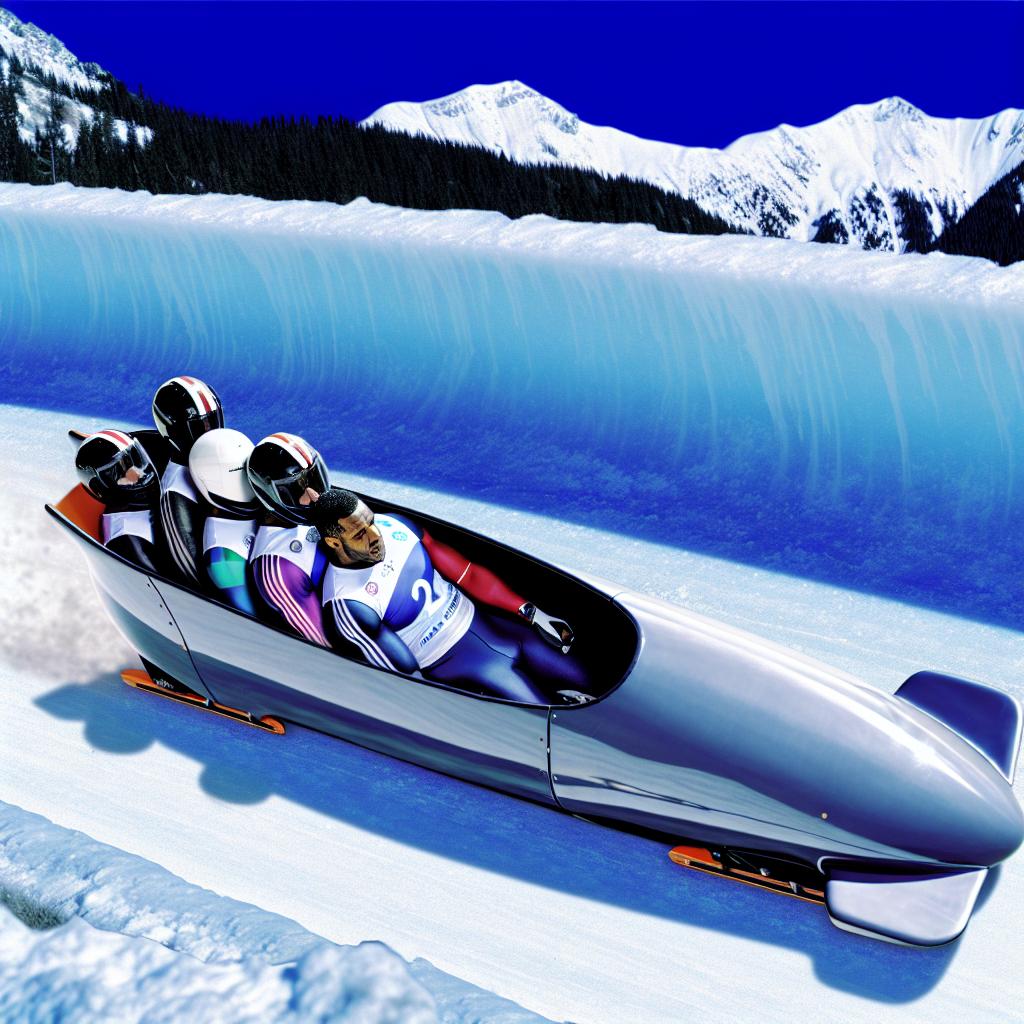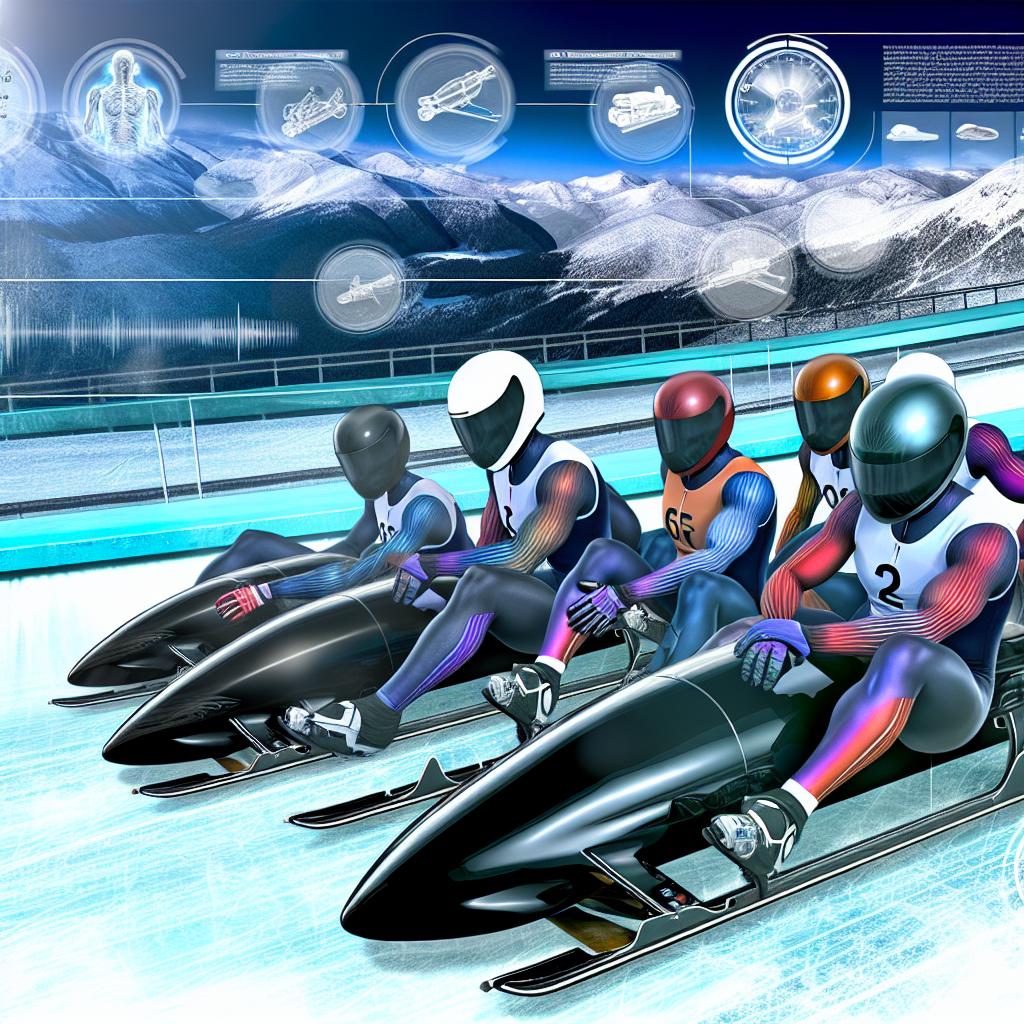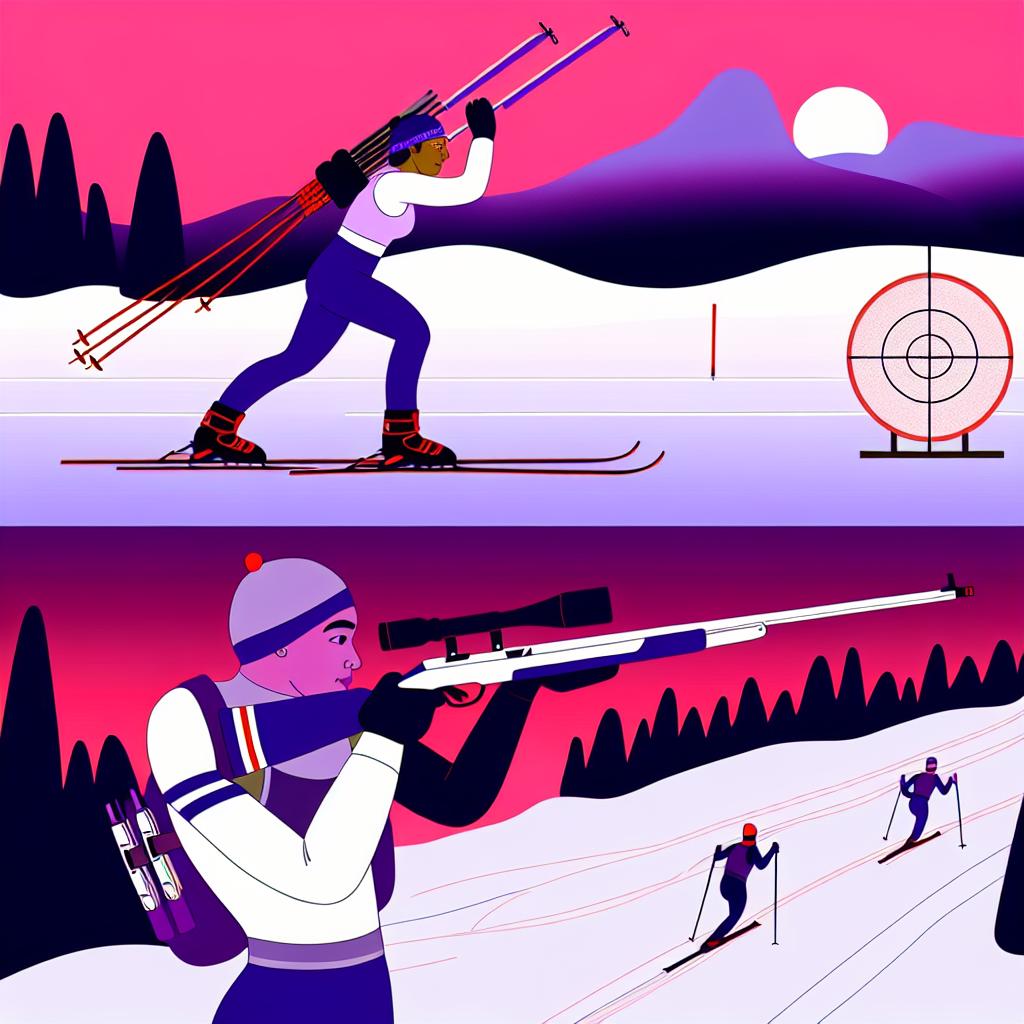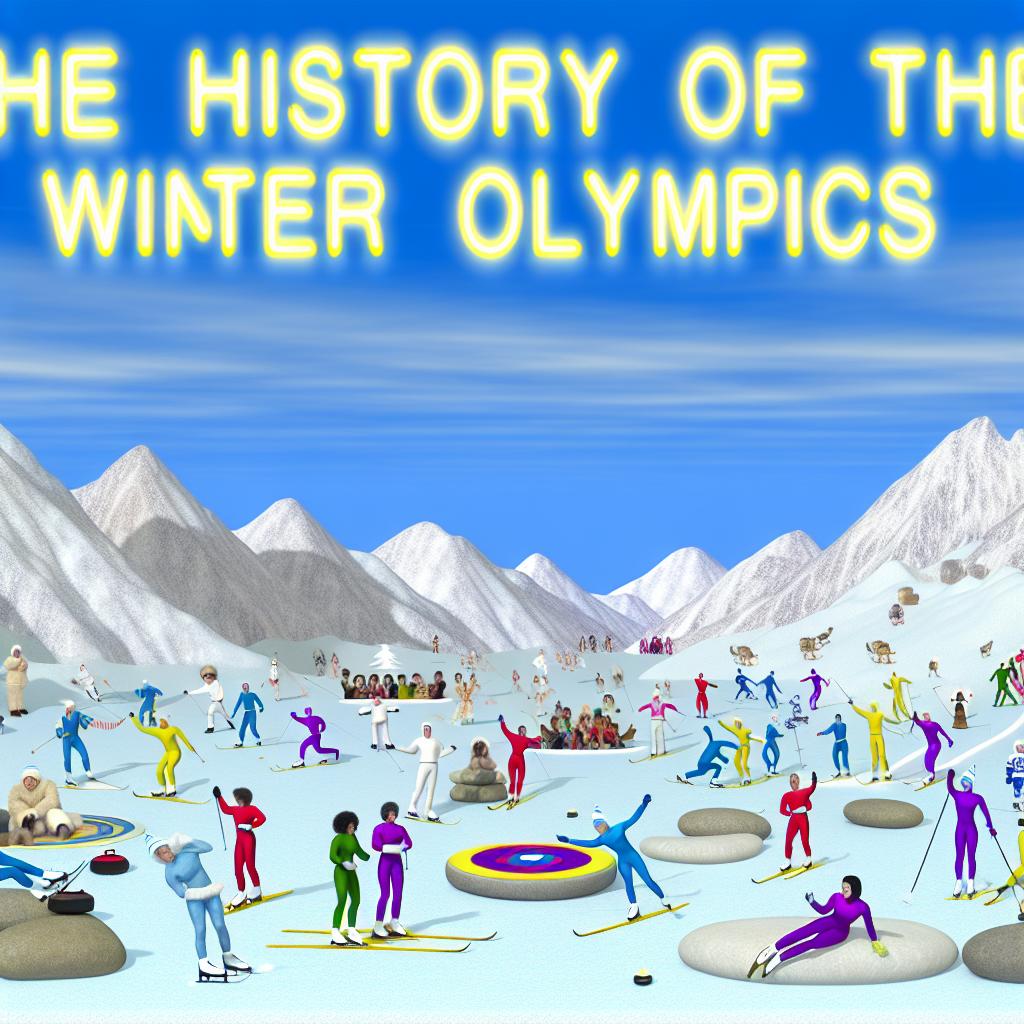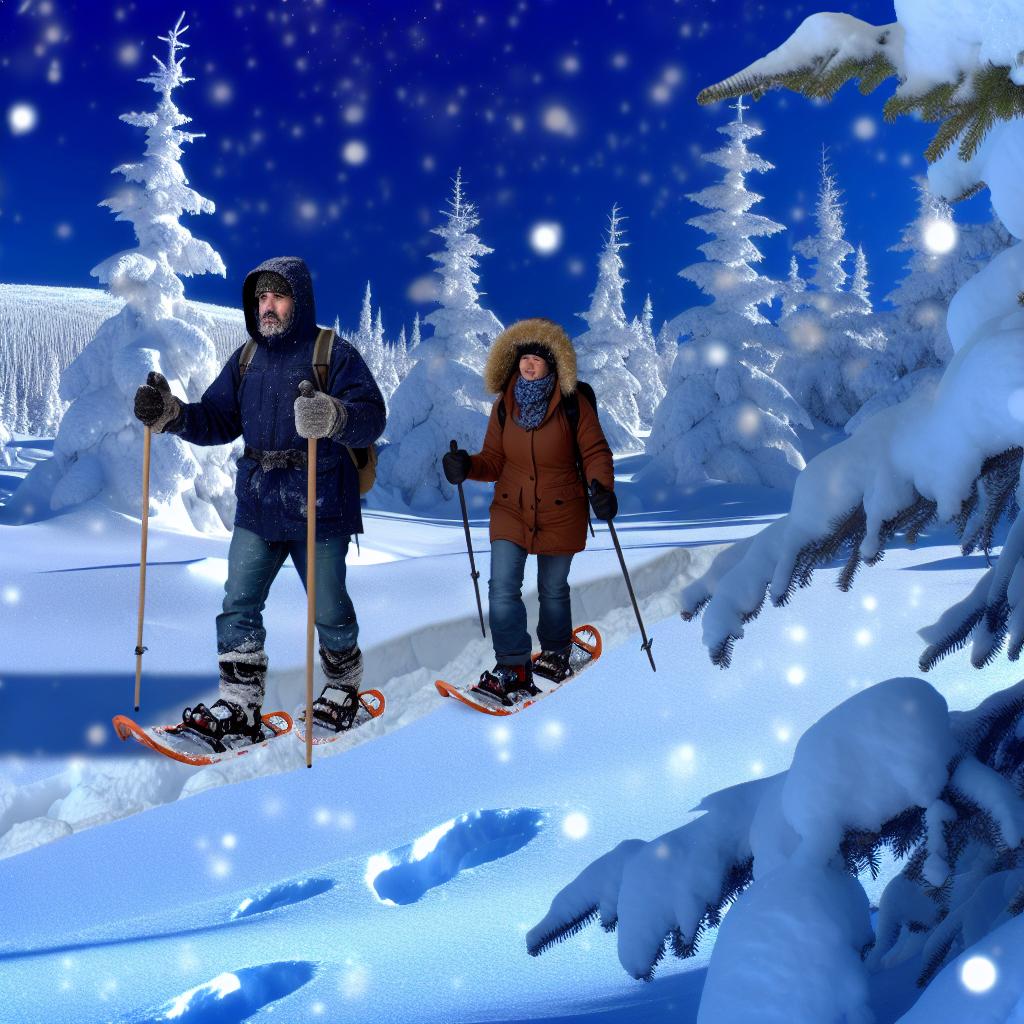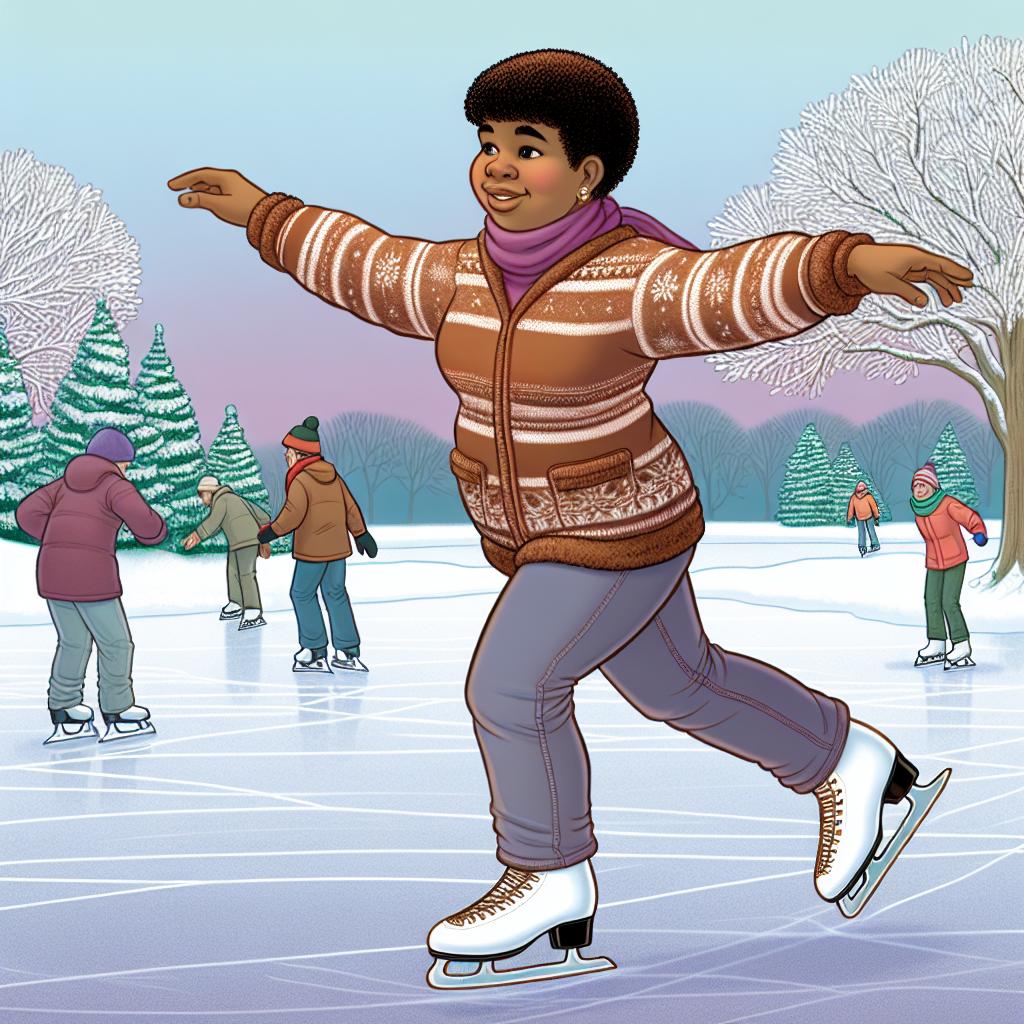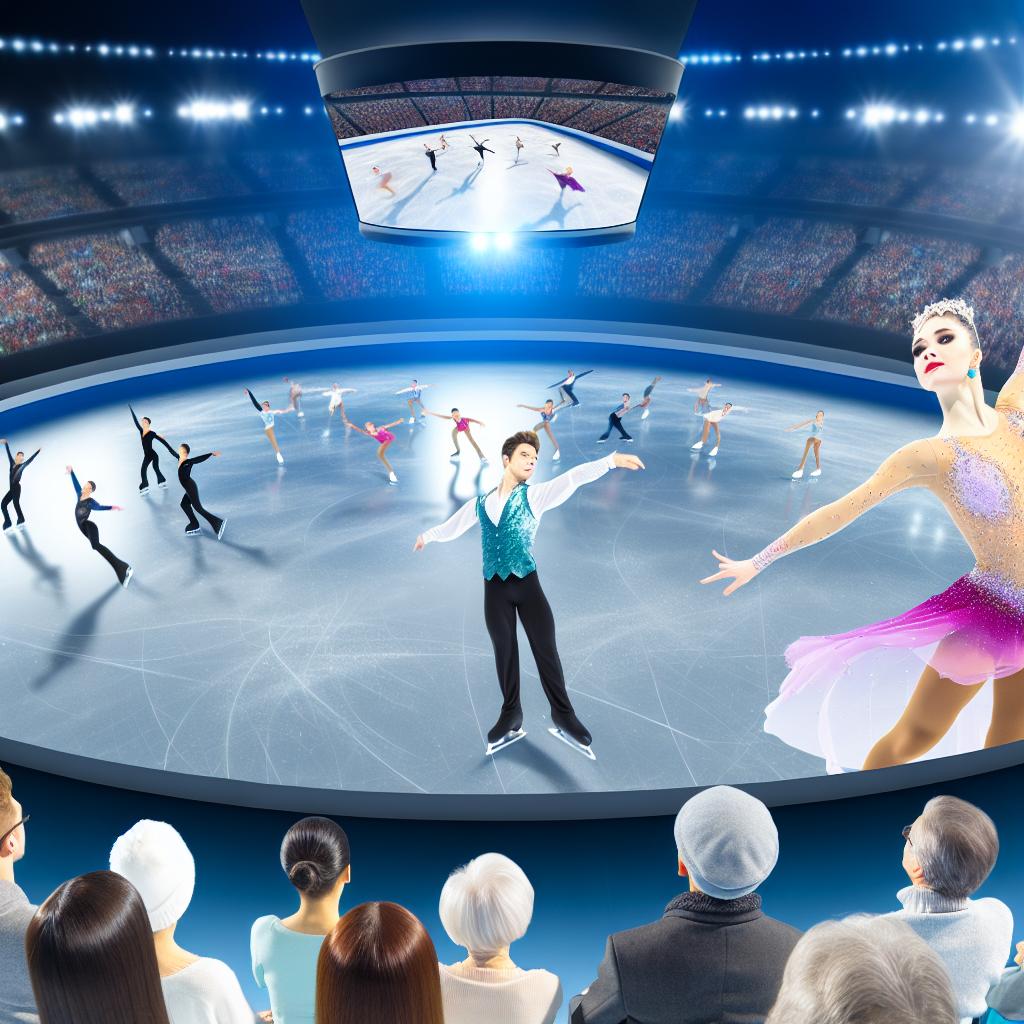Choosing the Right Equipment
Selecting the appropriate equipment is essential for a successful ski trip, influencing both your performance and overall enjoyment on the slopes. When it comes to gear, a crucial decision is whether to rent or purchase equipment, a choice that largely depends on how often you ski and your level of expertise.
For beginners or those who ski infrequently, renting can be a practical and economical option. Rental shops usually provide the latest advancements in ski technology, ensuring that even novices have access to high-quality gear. Moreover, renting eliminates the need to transport and maintain personal equipment, making travel more convenient.
In contrast, seasoned skiers might find investing in their own equipment advantageous. Personal gear can be tailored to fit the individual’s specific needs and preferences, which can enhance performance and comfort. Owning your equipment also means greater familiarity, as you become accustomed to the feel and handling of your skis or snowboard, potentially boosting your confidence and skill level on the slopes.
Clothing and Layering
In addition to equipment, proper clothing plays a vital role in ensuring a comfortable skiing experience by keeping you warm and dry. The right clothing setup involves multiple layers, each serving a specific purpose.
The first step is the base layer, designed to keep moisture away from your skin. Opt for materials like wool or synthetic fabrics, as these are effective at moisture-wicking. Cotton, however, should be avoided because it retains moisture, which can make you feel cold and damp.
Next is the mid-layer, which focuses on insulation. Fleece or a thin down jacket are excellent choices for this layer, as they provide warmth without adding excessive bulk. The goal is to trap heat close to your body, maintaining a comfortable temperature even when temperatures plummet.
Finally, the outer layer is your shield against wind and snow. A good-quality ski jacket and snow pants that offer both waterproof and breathable properties are essential. This layer protects you from external moisture and cold winds while allowing perspiration to escape, preventing you from becoming clammy and uncomfortable.
Accessories
Beyond clothing, accessories can significantly impact your safety and comfort on the slopes. A properly fitted helmet is an absolute necessity, as it protects your head from potential injuries. Eye protection is equally important, with goggles designed to shield your eyes from the sun’s glare off the snow and gusty winds that can impede your vision.
Hands and feet are particularly susceptible to cold, so invest in quality gloves or mittens that are both insulated and water-resistant. For added warmth, consider using sock liners in conjunction with your regular ski socks. These provide an extra layer of insulation and help keep your feet dry. Protecting exposed skin from the cold is also crucial, and a neck gaiter or balaclava can offer additional defense against harsh weather conditions.
Physical Preparation
Skiing is a physically demanding activity that requires robust physical preparation. Building strength, flexibility, and endurance ahead of your trip can significantly enhance your skiing experience and help prevent injuries.
Focusing on exercises that target the lower body is particularly important, as these muscle groups bear the brunt of the effort when skiing. Activities like squats, lunges, and leg presses build strength in your legs, hips, and core, which are essential for maintaining control and balance on the slopes.
In addition to strength training, aerobic exercises such as running, cycling, or swimming can improve your cardiovascular endurance, an asset during long days on the mountain. Pair these with regular stretching routines to maintain flexibility, which helps you move more easily and reduce the potential for strains and pulls.
Understanding the Terrain and Weather
Before embarking on your ski trip, understanding the terrain and weather conditions at your destination is critical. Familiarity with the ski resort’s layout, including the difficulty levels of trails, helps ensure you remain within your skill range. Resort trails are typically color-coded—green for beginners, blue for intermediate runs, and black for advanced skiers.
Weather conditions can be unpredictable and change rapidly in mountainous regions. Regularly checking weather forecasts and ski resort condition reports can help you prepare adequately. Use online resources to stay updated on snow depth, temperature, and wind conditions, adjusting your plans as necessary to ensure a safe skiing experience.
Local Regulations and Etiquette
Following local regulations and adhering to proper ski etiquette play significant roles in maintaining a safe and respectful skiing environment. Understanding and respecting resort rules, especially concerning slope safety and off-piste areas, is essential.
Always yield to skiers further downhill, as they have the right of way. While stopping, choose a visible location to avoid causing obstacles for others. Additionally, use ski lifts and slopes responsibly, demonstrating consideration for fellow skiers and the natural environment by minimizing disturbances and respecting wildlife habitats.
Travel and Accommodation Arrangements
Efficient travel and accommodation arrangements can greatly enhance your ski trip experience, allowing you to focus on enjoying the slopes. Consider accommodations that offer ski-in/ski-out access, as these can reduce travel time to the slopes and maximize your skiing hours.
When it comes to travel, plan your route with logistics in mind, accounting for travel time between airports and the resort. Many ski destinations provide shuttle services, which can be a convenient option, eliminating the need for a rental car and providing easy access to the mountain.
Meal Planning and Nutrition
Sustaining energy levels throughout a ski day requires careful attention to meal planning and nutrition. Consuming high-energy meals rich in carbohydrates and proteins can provide the necessary fuel. Options such as pasta dishes, stir-fries, and hearty stews are excellent choices.
To maintain energy between meals, have snacks available on hand—granola bars, nuts, and dried fruits offer quick boosts of energy. Staying hydrated is equally vital, so carry a water bottle or a sports drink to sip on throughout the day to avoid dehydration.
Conclusion
Preparation is the cornerstone of an enjoyable ski trip, encompassing everything from selecting the right gear to ensuring physical readiness and logistical planning. By methodically addressing these aspects, you can focus on the joys of skiing, fully immersing yourself in the adventure and excitement that the slopes have to offer.

